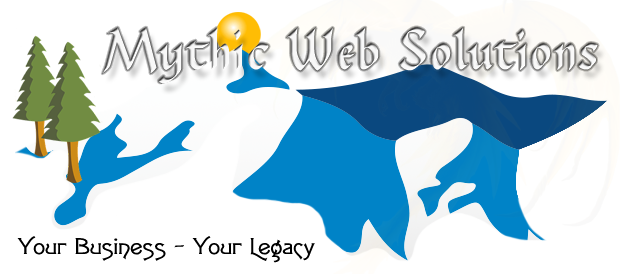Web Design & Development
I have 20 years experience encompassing a full spectrum of Web Design & Development Services. This includes custom templates, CMS or eCommerce Platforms. Although I can work within most systems, my most frequent projects involve WordPress, Shopify, OpenCart, Square and my own custom developed template. In the past I have also worked with Drupal, Joomla, Magento and MURA (Cold Fusion).
All projects are estimated by request. It may be a detailed proposal with itemized services or a more casual (email like) estimate for smaller projects.
Customer Satisfaction is the highest priority for me, so I will be in regular contact to report on site progress, requested changes or just to touch base on occasion. Many of my clients have been with me for over 5 years.
OPEN FOR MORE DETAILS
A website requires certain characteristics to work well. We'll work through the details together and form a model that applies to both the appeal and functionality of a site. These are the essentials that a site will need and every site that I build/rebuild will incorporate them.
- A site must perform well - Avoiding long loading times is a priority.
- A site must be secure - A robust username/password structure for all access points (including the host & domain locations) will be essential. I check file permissions and integrate security (maybe a plugin or firewall). If a VPS or similar, I harden security on the back end like prohibiting Plaintext email, restricting shell access, strong SSL encryptions and so on.
- A site must be appealing - It needs to have a design that draws people in. Your website is artwork for your business.
- It needs to be intuitive - People need to be able to find exactly what they are looking for quickly. If a site is too confusing, you'll lose customers.
- It needs to be scalable - Websites should be built with the idea that almost everything within it can be upgraded and improved over time without having to take it down for extended periods.
- Mobile / Pad / Tablet compatibility - I consider this a requirement since all of these devices are in widespread use. All sites need to display correctly no matter the device.
There are a number of very good options to choose from once you decide you need a site. These types are my core experience and can be customized to your needs.
Site Platforms & Templates
Custom Built Template
My own site template, programmed from scratch. It's written in PHP Classes (OOP) for security and the ability to re-use objects anywhere on the site. It's scalable (both up and down). A 16 block grid which can handle the largest screens down to the smallest of phones. The best feature is the script insertion routines. This includes scripts and styles only on the pages that need them. So even large sites can load quickly.
Primary downside: This is not a CMS (Content Management System), so you would have to know HTML and how to edit pages directly.
Wordpress
Wordpress is the easiest CMS out there. If you want to keep the price low, have a great looking site and be able to edit it yourself this is the way to go. Thousands of themes, plugins and extensions (most free) can save a lot of design and development time.
Primary Downside: Wordpress is not really built for large scale sites. All scripts are loaded on every page, so the bigger the site is, the slower it gets. It can be developed for large sites, but with a lot of customization.
Shopify
Shopify is great for eCommerce. Easy to build, easy to integrate payment and shipping, and stays fast no matter how big it is.
Primary Downsides: It has to be licensed for a monthly fee. Most themes and extensions will have to be paid for, and it can be expensive for a small/medium business once it all adds up.
Square (SquareSpace)
Good for building out more complex sites of any kind. Very appealing templates and designs (better than Shopify). Square can also be used as eCommerce.
Primary Downsides: This also has to be licensed. The administration (site design & configuration area is unusual and can sometimes be tricky to work with.
Website Security
There are many ways a website can be compromised, and they must all be secured. Protection against these items are also built in to any sites I create or rebuild by default.
- The htaccess file can be written to: This can break the site, create redirects, change file permissions, alter PHP directives and so on.
- Performing operations using the Shell (SSH): SSH is used more often in VPS and Dedicated IP Hosting. But it can be used anywhere to gain access to a site, even remotely if it is not secured.
- File/script insertion: If someone gains access to the site files either by figuring out the password or by 3rd party tools, they can write to the file system. I've seen it happen with WordPress, Wix and Weebly. Sometimes the hack is so extensive that it is more cost efficient just to rebuild the site.
- Database insertion: If someone gains database access, they can use it to insert scripts or other various content on the site.
- Password access to various tools like the host, FTP, site admin etc.... This leads to the same thing as file or script insertion.
When designing & developing your website, I make sure to cover all the details so you can be assured of a high quality and long lasting site.
